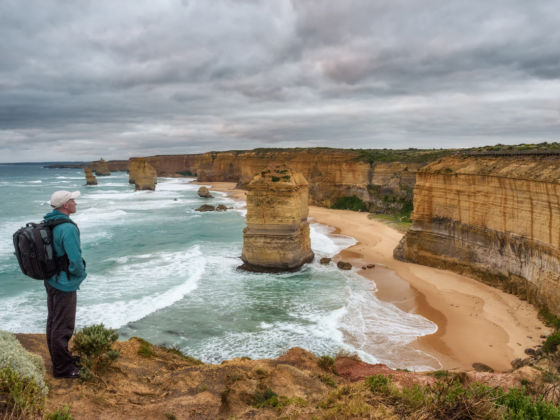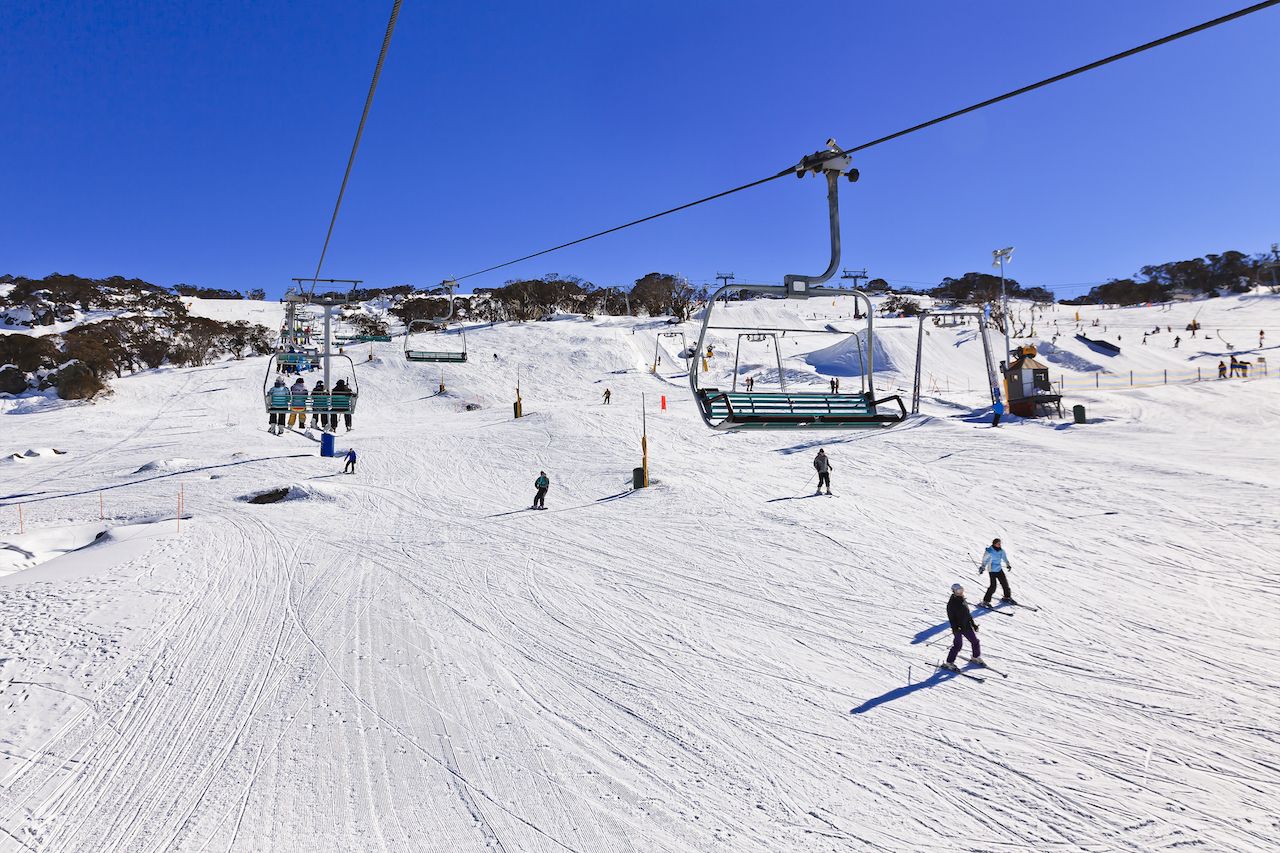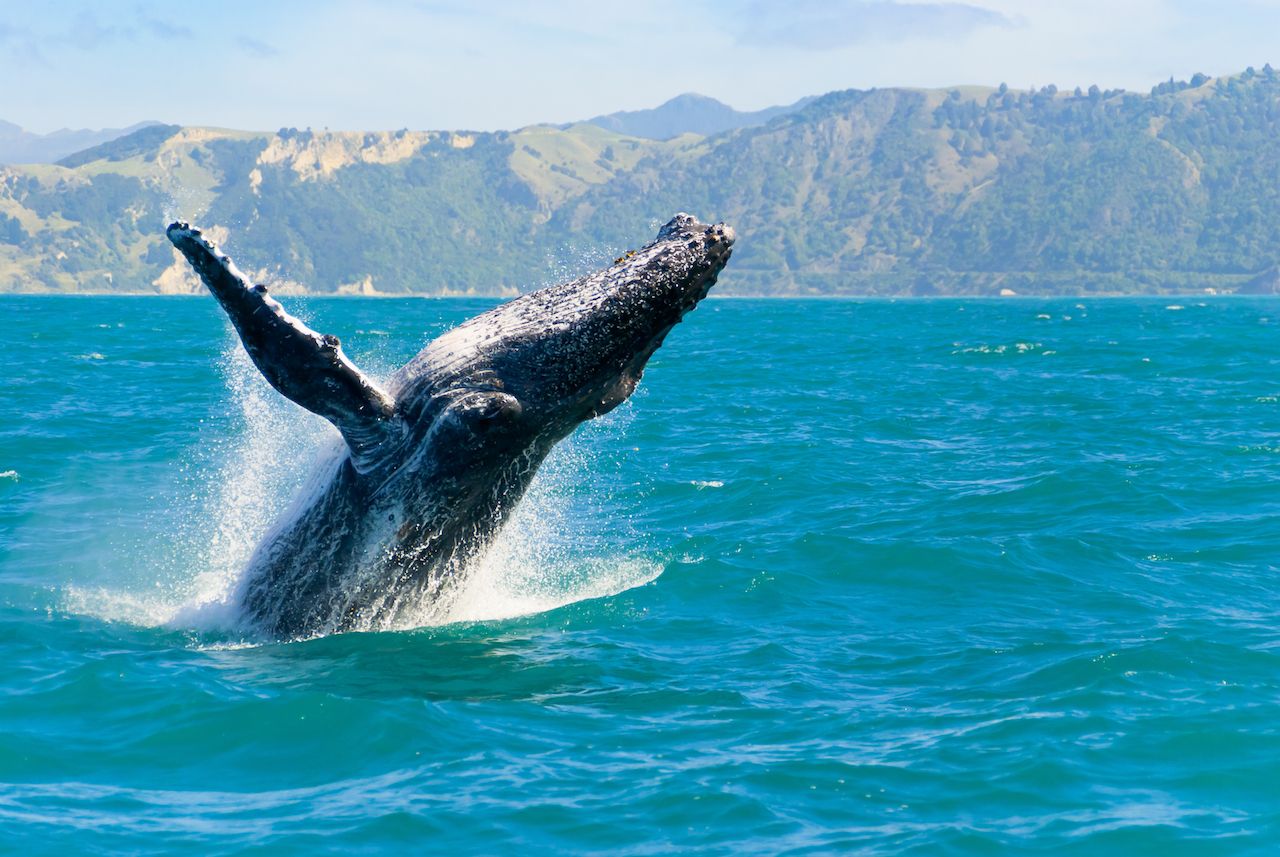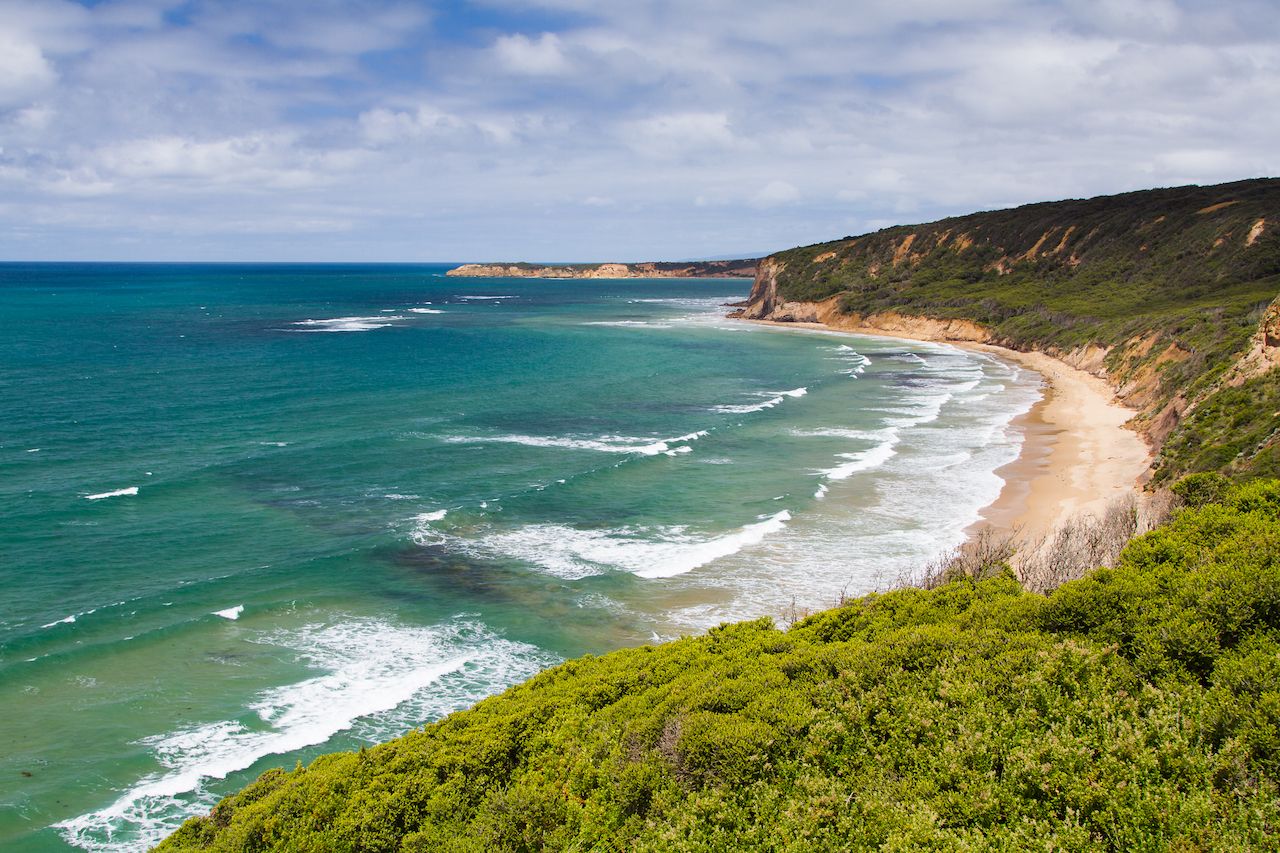Australia is generally seen as a “summer” paradise, and rightly so. Between beaches and barbecues, Aussie summers have everything beachgoers and travelers from the northern hemisphere in search of winter sun could possibly want.
But for outdoor lovers, it’s a different story. For any budding adventurer, winter — which lasts from June to August — is when Australia’s nearly three million square miles become a playground of snow-capped mountains, empty (or at least emptier) beaches, and awe-inspiring wildlife.
Here’s why you should consider a trip Down Under for your next outdoor adventure:




